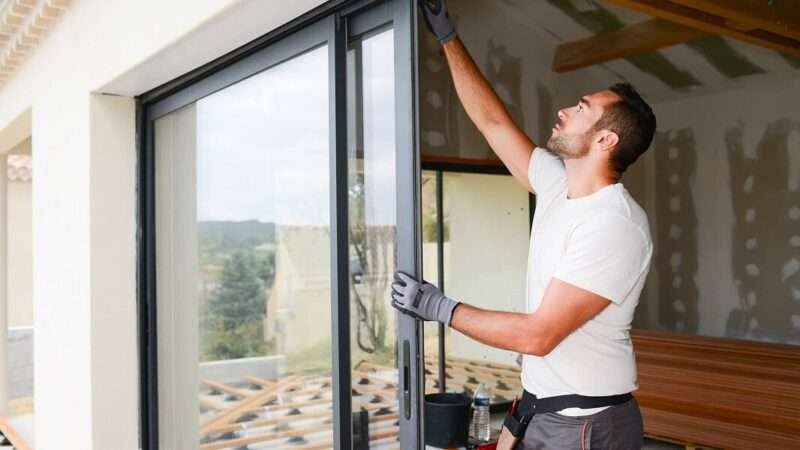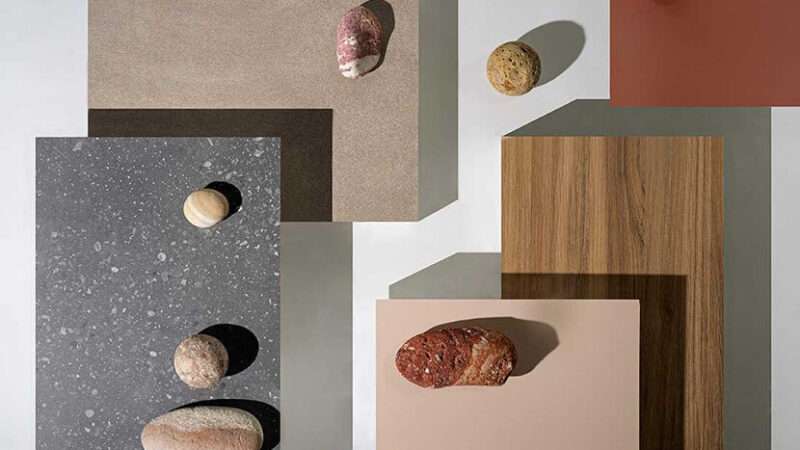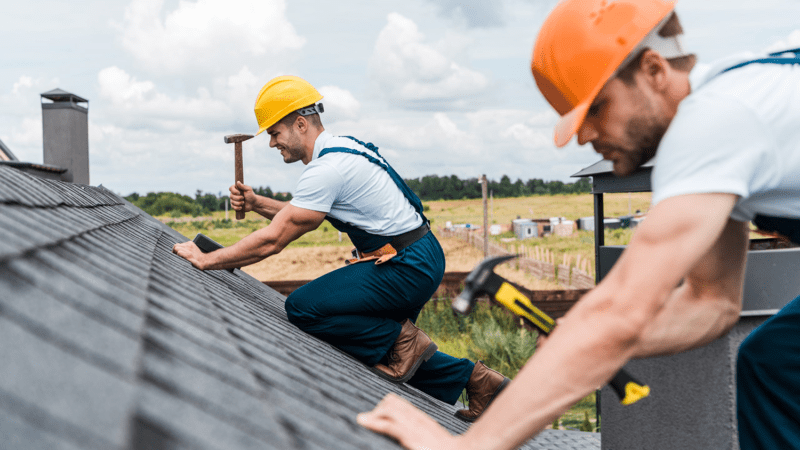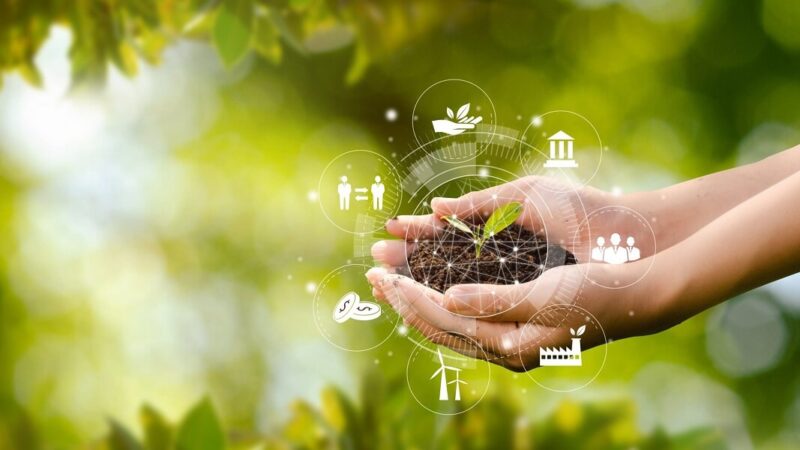Essential Tips in Integrating Green Technology for Commercial Use
Integrating green technology into commercial and residential properties is a terrific trend that helps the sustainability movement seeking to take care of the environment. Properties with integrated green technologies are inevitably more comfortable, liveable, and energy-efficient. They may take a bit longer to build and cost more, but the benefits typically outweigh the investment.
Building owners who wish to retrofit their structures with green technology must work with companies with the necessary expertise and experience to handle such requests. They must work with professionals who can quickly install various technology suitable for keeping the building environmentally friendly and safe. They must work with a reputable solar Manchester company that can integrate solar energy systems seamlessly into the building design. They should also provide efficient after-service and maintenance visits to keep the system highly efficient.
Here are some tips for integrating green technology into buildings.
Incorporate solar and cool roofs
Buildings will benefit from incorporating solar and cool roofs as these green technologies will help regulate ambient temperature and provide adequate renewable energy for the structure. In addition, contractors can integrate both into the roof structure and make the building aesthetically pleasing and energy-efficient. These features will lower the utility bill and provide a positive image for the building.
Use energy-efficient windows
Another interesting way to incorporate green technology is by installing energy-efficient windows. These photochromatic windows use a tiny burst of electricity to change their tint, thereby keeping solar radiation out of the interiors. Such smart windows can automatically darken during noontime and gradually become clear as the sun goes down the horizon. Such features can save about a quarter in heating and cooling costs.
Add rainwater collection systems
One of the best ways to provide clean water for the building is to integrate a rainwater collection system to collect, store, and purify rainwater for future use. Using collected rainwater for watering plants during hot days or other similar purposes will decrease the bill and help sustainability efforts.
Incorporate a dual plumbing system
One of the best and more innovative ways of conserving water is using a dual plumbing system. The system separates water into two different types: potable and reclaimed. It directs potable water to facilities that need it, such as the kitchen and dining area. Meanwhile, the reclaimed water, which comes from sewage and other waste, is treated to remove bacteria and other particulates, can flush toilets, irrigate gardens and remove dirt and grime.
Buildings can also use greywater, relatively clean wastewater from sinks, washing machines, baths, and other appliances to fill and flush toilets, irrigate plants, and clean driveways. It’s a cheaper alternative and more environmentally friendly, too.
Integrate smart sensors
With technology rapidly improving, installing an automated building management system would be beneficial as it can save on various utility bill costs. A smart system can lower energy usage, reduces maintenance needs, and automates different fixtures.
Building custodians can have professionals install motion and occupancy detection sensors, humidity and water leak sensors, photosensors, and temperature control equipment. Proximity sensors in bathrooms also help save water and electricity costs as they can turn on only when used. They can also ration water to flush urinals and toilets accordingly. These devices can help keep spaces comfortable enough but at a lower cost on maintenance and utility expenses. These devices can also increase the desirability of the space as occupants will have peace of mind, knowing that there are various safeguards to keep their areas safe and comfortable.
Green landscaping
Contractors can work with experienced landscapers to provide buildings with adequate greenery that can regulate ambient temperature while retaining a stylish aesthetic. Green landscaping techniques will also help prevent erosion, filter pollutants and provide windbreaks and shade for tenants. A building with good landscaping will also have better kerb appeal.
Use green insulation
Insulation is necessary for buildings to provide adequate heating and cooling systems. However, instead of spray foam insulation, contractors can use green insulation materials that work the same way. As insulation is wall filler, it’s necessary to abide by the existing construction code while still ensuring sustainability efforts.
Use of smart appliances
It would be much better if a building used smart appliances because they would consume less energy while providing the best results possible. Using smart technology is part and parcel of sustainable design and construction strategies. Buildings which use smart appliances and fixtures will have a lower carbon footprint which is essential in the green movement.
Endnote
Integrating green technology for commercial buildings is possible. Contractors and property owners can make their buildings safer, more comfortable and energy-efficient with a few additional features.






